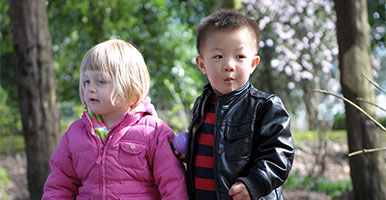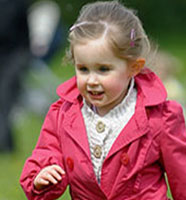Physical activity and sedentary behaviour

Module aim
This module will provide an overview of physical activity and sedentary behaviour and its importance to babies, toddlers and pre-school children - and also highlight the various types of activity that can be recommended to young children and their families.
Learning objectives
By the end of this module, you will be able to:
- Explain the importance of physical activity for health (and building physical activity into everyday life)
- Explain the recommended physical activity levels for children under 5 years old.
- Explain the term sedentary behaviour, and the risks associated with being sedentary.
- Work with families to identify ways of increasing physical activity and reducing sedentary behaviour.
This module consists of the following sections:




